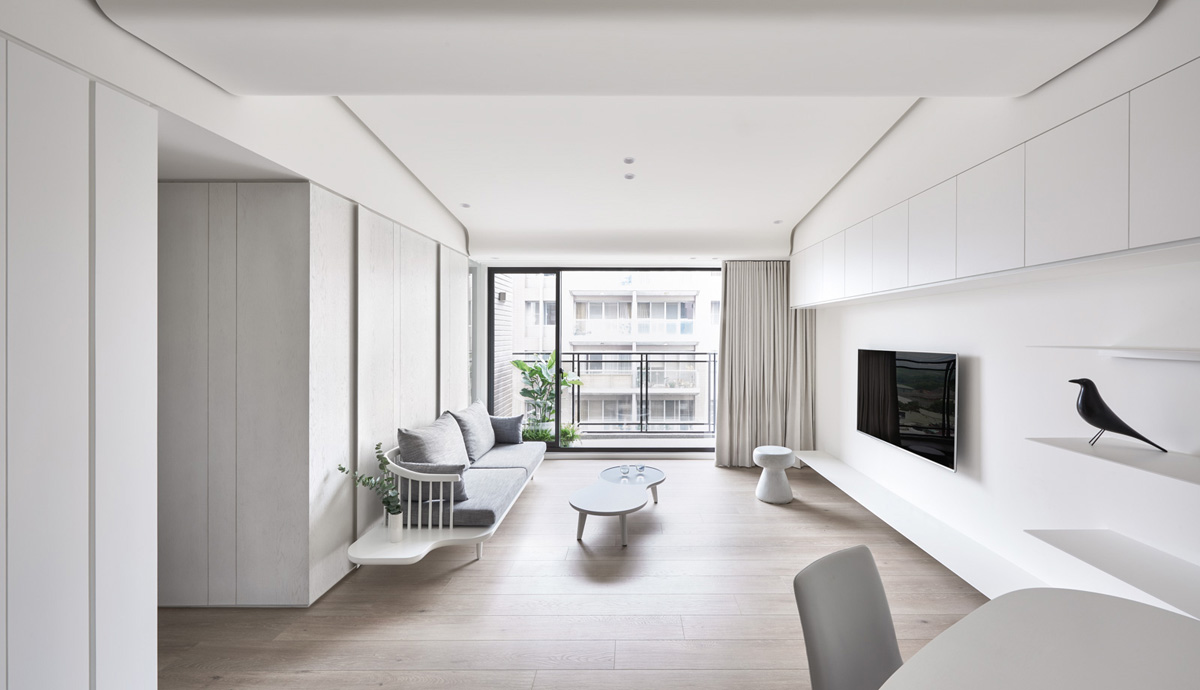
Sofa upholstery has emerged as the savvy homeowner’s secret weapon against the relentless march of wear and tear, offering a practical solution that transforms tired furniture into stunning centrepieces whilst avoiding the hefty costs of replacement. The reality behind this seemingly simple process reveals a complex interplay of craftsmanship, material science, and design sensibility that can dramatically alter your living space’s entire character.
In Singapore’s competitive furniture market, where living spaces command premium prices and every square metre matters, understanding the intricacies of sofa reupholstery becomes essential knowledge. The process involves far more than selecting attractive fabric; it demands careful consideration of climate factors, usage patterns, and long-term durability requirements that many homeowners overlook.
The Economics of Sofa Restoration
The financial mathematics of sofa renovation versus replacement presents compelling evidence for the reupholstery route. Professional restoration typically costs between $350 and $2,000, with standard three-seater sofas averaging around $1,000 for complete transformation. Compare this to purchasing quality replacement furniture in Singapore’s market, where comparable pieces easily command $2,000 to $5,000 or more.
This economic advantage becomes particularly pronounced when dealing with well-constructed frames. Solid wood construction, properly jointed and reinforced, can outlast multiple fabric iterations. The frame represents the sofa’s skeletal foundation, and preserving quality construction makes financial sense over decades of use.
Singapore’s furniture market, projected to reach US$1,882 million by 2029, demonstrates growing consumer investment in home furnishings. Yet industry insiders reveal that much of this spending could be redirected towards restoration projects that deliver superior value whilst supporting sustainable consumption practices.
Climate Considerations for Tropical Living
Singapore’s tropical environment demands specific fabric considerations that distinguish local sofa upholstery from temperate climate approaches. Humidity levels consistently above 70% create challenges for certain materials whilst offering advantages for others.
Natural fibres excel in these conditions:
- Cotton fabrics: Provide exceptional breathability essential for comfort in humid conditions. “The material is also lightweight and breathable, making it comfortable for Singapore’s tropical weather,” according to local upholstery specialists
- Linen materials: Offer superior cooling properties, though requiring careful placement away from direct sunlight to prevent fibre weakening
- Bamboo blends: Emerging as sustainable options with natural antimicrobial properties suited to tropical climates
Synthetic alternatives present different advantages:
- Polyester blends: Resist moisture absorption whilst maintaining durability in high-humidity environments
- Microfibre options: Provide stain resistance crucial for households managing Singapore’s frequent entertaining culture
- Performance fabrics: Engineered specifically for tropical conditions, combining comfort with practical benefits
Professional Assessment: What Industry Experts Reveal
Behind-the-scenes investigations into Singapore’s sofa upholstery industry reveal standardised practices that separate quality work from superficial makeovers. Professional assessment begins with frame inspection, examining joint integrity, spring systems, and structural soundness. This preliminary evaluation determines whether restoration represents wise investment or misguided expense.
The stripping process exposes hidden problems often invisible during initial consultation. Worn springs, deteriorated webbing, or frame damage can substantially increase project costs. Experienced professionals provide transparent pricing that accounts for these potential discoveries, whilst less scrupulous operators quote artificially low initial prices.
Fabric Selection: The Science Behind Comfort
Modern upholstery fabric selection involves technical specifications that impact long-term satisfaction. The industry measures durability through double rub testing, simulating normal wear patterns. Fabrics rated above 15,000 double rubs suit high-traffic applications, whilst lower ratings suffice for occasional-use pieces.
Thread count affects both comfort and longevity. Higher thread counts generally indicate superior quality, though weave structure matters equally. Tight weaves resist pilling and maintain appearance longer, particularly important in Singapore’s humid environment where fabrics face constant moisture exposure.
Colour and Pattern Psychology
The psychological impact of sofa upholstery choices extends beyond mere aesthetics. Research demonstrates that fabric colours and patterns influence room perception, affecting everything from apparent space size to occupant mood. Light colours expand visual space crucial in Singapore’s compact living environments, whilst darker tones create intimate, cosy atmospheres.
Pattern selection requires strategic thinking. Large-scale patterns suit spacious rooms but overwhelm smaller spaces. Geometric designs complement modern interiors popular in Singapore’s contemporary housing developments, whilst organic patterns soften minimalist aesthetics.
Maintenance Protocols for Longevity
Professional-grade maintenance extends upholstery life significantly beyond typical homeowner expectations. Weekly vacuuming removes embedded particles that gradually damage fibres through abrasion. Rotating cushions monthly ensures even wear distribution, preventing premature deterioration in high-contact areas.
Immediate spill response proves critical in tropical climates where moisture can quickly penetrate fabrics and reach internal padding. Blotting rather than rubbing prevents stain penetration whilst preserving fabric structure. Professional cleaning every six to twelve months removes deep-seated contaminants that domestic cleaning cannot address.
Investment Timing and Planning
Strategic timing maximises sofa upholstery investment returns. Undertaking restoration during Singapore’s cooler months reduces humidity-related complications during fabric installation. Planning projects during furniture industry slower periods often yields better pricing and faster completion schedules.
Consider future lifestyle changes when selecting fabrics. Young families require different performance characteristics than empty nesters. Pet ownership demands specific stain and odour resistance properties. Career changes affecting entertainment patterns might influence colour and style decisions.
Quality Indicators and Red Flags
Distinguishing quality upholstery work requires understanding technical indicators often overlooked by casual observers. Proper pattern matching at seams demonstrates attention to detail. Straight, consistent stitching lines indicate professional execution. Fabric tension should feel firm but not drum-tight, allowing natural settling without premature loosening.
Warning signs include visible staples, uneven fabric tension, poor pattern alignment, and inadequate padding distribution. Quality work exhibits seamless integration between old construction and new materials, creating unified appearance that suggests factory completion rather than aftermarket modification.
Through careful planning, professional execution, and appropriate material selection, sofa upholstery transforms not merely furniture appearance but entire room dynamics, delivering lasting value that justifies the initial investment whilst supporting sustainable consumption practices.

